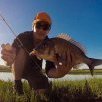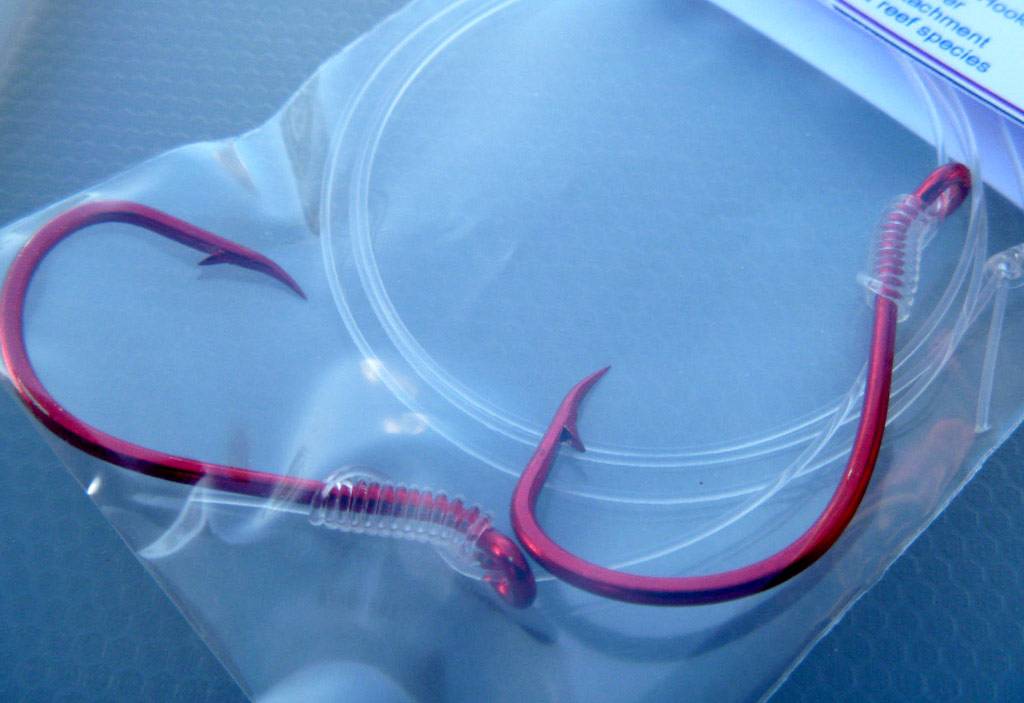By
Plectropomus
Fishing reefs up north we get a wide variety of small "bycatch" species, as well as undersized "targets" like coral trout and red emperor. Many are "blown", and few can "self-vent" (red emperor are notable for this ability). Much research has been done, with venting trials and cameras in cages, but not a huge amount of campaigning for public awareness exists in Qld at least.
The NT Fisheries has posted a video showing hollow-gutted, feeble, golden snapper (in a cage) on the seabed after venting at the surface using a hollow needle. Their policy discourages catch and release of golden snapper and black jewfish for this reason, and they have no size limit on these fish...just a bag limit. In contrast, WA has legal minimum lengths and fishing stores there stock release weights for undersized dhufish and snapper. It is interesting to note that NSW research found that some small snapper recovered even when the swim-bladder was vented by poking a hole in the inverted stomach poking out the mouth.
I had been using a venting needle made from a large gauge hypodermic needle, but it is a b...... to use properly, and the fish will be negatively buoyant when they reach the seabed.
The Qld Fisheries advice is to poke the needle through the side of the fish up front, but it often blocks with skin or tissue. It is also easy to bend a needle on a big, leathery cod. The divers in the Coral Reef Aquarium Fishery carefully use a hypodermic needle behind the vent of the fish, with the fish in a bin of water (to squeeze the air out). You can see bubbles when you do this. They do fish as small as damsels (less than 10cm).
Some of the "flower pots" we catch are in the bommie cod family that can live for 45 years, or in the attractive wrasse family, so it is necessary to handle them well. When they "blow", with stomach poking out the mouth, they go stiff with tonic immobility and cannot swim. So spearing them back in does not work in deeper water. The worse the barotrauma the worse the "blow".
I have had recent success with DIY release weights. Basically an inverted, weighted hook of bent stainless TIG welding rod with a loop bent in the gape. You poke the longer, blunt end of the hook through the gill opening and out the mouth of the fish, then shoot it back down on a handline or clipped onto the swivel on your rig.
The fish either recovers at depth and dashes off the hook, or you can just tug it back out. This way the fish gets back down into reef shelter fast and has its original buoyancy intact.
The only downside I have had is the fish sliding off before I get it in the water, so a longer hook worked better. That might be an issue with fish that keep thrashing when "blown". You'd probably need a besser block to get a groper back down!
I reckon release of snapper affected by barotrauma will become an issue in deeper SA reefs, now they are off-limits for 3 years, so weights such as these could be worth carrying in deeper areas where "ruggers" are prevalent. Perhaps some sort of clip could be designed too??





Recommended Posts
Join the conversation
You can post now and register later. If you have an account, sign in now to post with your account.